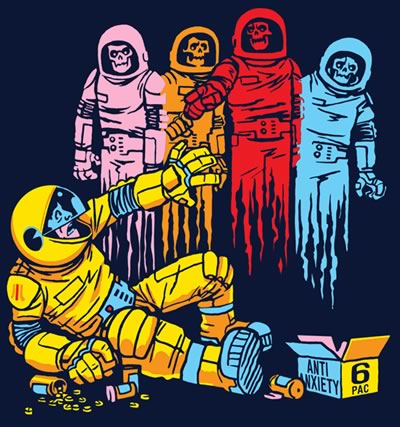
By now, you’ve probably heard about the latest revisions to Apple’s laptop lines.
For the MacBook Pro:
- There are slight speed increases. The last revision featured “Merom” versions of the Core 2 Duo processors running at 2.2 and 2.4 GHz; the new ones feature the “Penryn” versions running at 2.4 and 2.6 GHz.
- More RAM. The last revision featured graphics cards with 128MB and 256MB RAM; the new ones’ graphics cards have 256MB and 512MB. The new versions also boast new larger L2 caches.
- A new trackpad. The new versions of the MacBook Pro feature the same multi-touch trackpad as the MacBook Air.
The only change made to the MacBook was processor speed – the last revision has speeds ranging from 2.0 to 2.2 GHz; the latest revision has speeds ranging from 2.1 to 2.4GHz.
Unless you’re one of those people who can sense the difference a few hundred megahertz makes and who absolutely must have the latest and greatest revision, this refresh of the Mac laptop line means that the machines supplanted by the just-announced models are now selling is today’s slightly cheaper special. There’s also a tiny bonus in that from this revision on, the Apple Remote no longer comes “free” with your laptop — it’s now a $20 add-on.
The now-previous generation of Mac laptops are selling for a couple hundred dollars less than they did a couple of days ago, and the refurbished ones (here’s the U.S. page for refurbished Macs; here’s the Canadian page) are even cheaper. If you’re looking for a new Mac and are trying to get as much bang for the buck as you can, this is a good time to go shopping.



